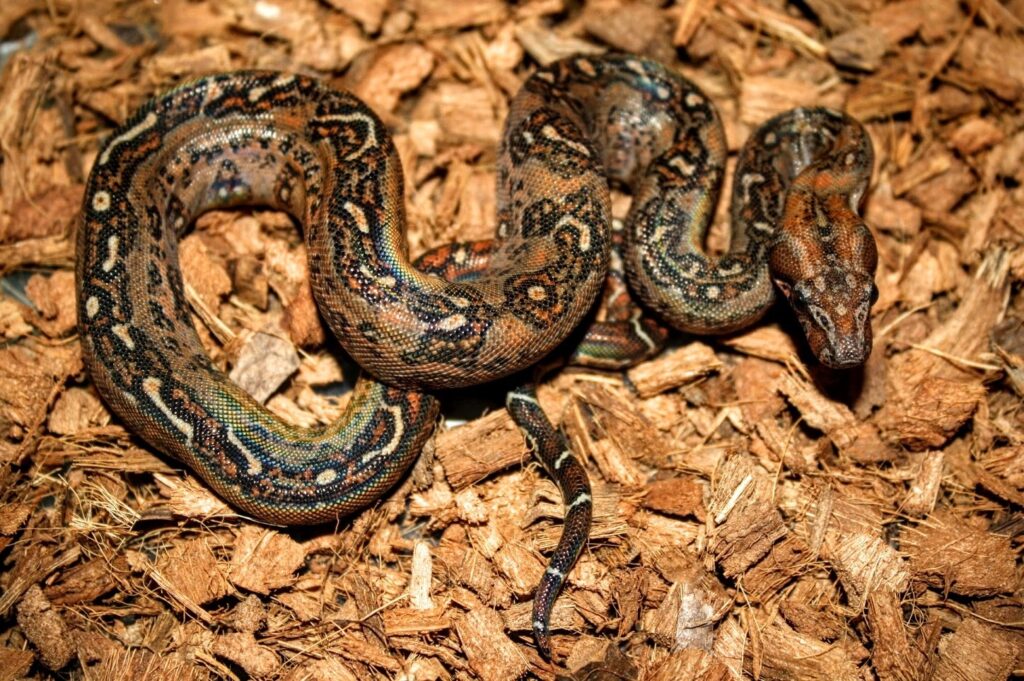Description
The Leopard Boa (Boa imperator) originated from a litter of what were believed to be normal Sonoran Desert Boas, produced by Hans Winner (Germany). Later Hans proved the Leopard trait as inheritable. Hans bred the offspring of the first pairing back to their parents and to each other, producing more Leopard Boas. Therefore, proving the gene to be a recessive (heterozygous) trait. Leopard Boas were named from their unique looking facial features along their face and lips, making them appear to have “whiskers”.
Characteristics
Leopard Boas are highly variable in color and pattern. Their dorsal pattern can range from varying numbers of spots that run from head to tail. Some animals may have a combination of spots, strips, or a combination of both. Their abdomens tend to range from orange to red in color and can have varying degrees of speckling. Often Leopards will have a pink/orange/gold colored head, and black eyes.
Heterozygous “het” characteristics of Leopard Boas
Heterozygous Leopard Boas are “visual HETs”, meaning that het neonates have a visual characteristic that indicates they carry the Leopard gene. These HETs tend to have jet black eyes and often fully connected “bow-tie” saddles. The leopard gene is highly variable in pattern, and gestation temperatures can have a factor in influencing the patterns of boas. Therefore, accurately choosing visual HETs is not 100% reliable. Sonoran Boas are typically smaller boas, measuring approximately 1.5 meters (5 feet) in adult length.
These are awesome dark little boas, with incredible iridescence.
Leopard Boa Gallery









#DarrenHamillReptiles #LeopardBoas #BoaImperator
